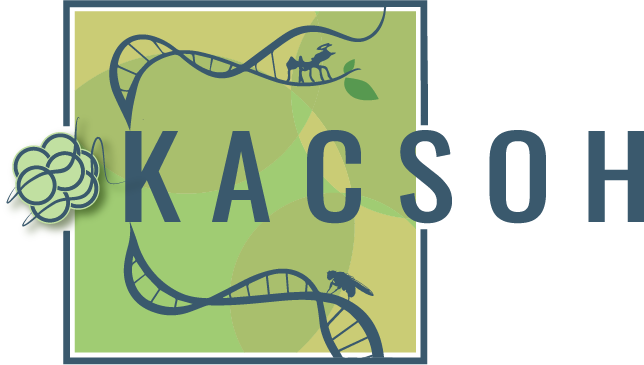In our study, we present an evolutionarily conserved response to predatory wasps across the genus Drosophila, manifesting as egg laying depression coincident social communication of the predator threat to naïve, non-wasp exposed flies. We observe variation in communication ability between different fly species, even though there exists a conserved fly “language” permitting efficient communication of a wasp threat within a single species. Thus, we suggest that variation in communication ability to be analogous to “dialects,” as the term reflects natural variations between a common mode of communication, which can be alleviated through socialization between species. We propose dialect learning to be a novel behavior, which we demonstrate requires visual and olfactory inputs, perhaps integrated in and relayed through the mushroom body, resulting in the ability to more efficiently receive information about a common predator. Without dialect learning, this information would otherwise be lost in translation, resulting in an inefficient behavioral response with significant survival disadvantages. The multimodal process by which flies learn dialects hints at a high level of cognitive plasticity. Thus, there is a real benefit to cognitive plasticity, where sharing of information directly, or by coincident bystanders, could result in behavioral immunity to pan-specific threats. We plan to build upon our work by elucidating the neural circuitry that governs dialect learning to discern how this multimodally acquired information is processed on the neuronal level and manifests as this complex communicative behavior. Following the identification of the key circuitry, we plan on identifying important genetic factors within neuron populations identified that also drive this cognitive plasticity.

